Gearing up for an outdoor nighttime shoot? Keep these lighting techniques in mind.
Night exteriors pose unique lighting challenges to cinematographers. Not only do they have to paint light on the blank canvas that is darkness but they also have to mimic the look and feel of the moon, a light source that is often not powerful enough to produce a decent exposure. If you’re unsure of how to approach a nighttime shoot, you should check out this video from Aputure. In it, Ted Sim talks with DP Julia Swain as she details her lighting process and techniques, from how to recreate moonlight to taking advantage of practicals.
Because there aren’t really any hard and fast rules about lighting, not all DPs are going to light a scene in the same way. However, Swain’s three different lighting setups can give you a great primer on exterior night shots, as well as a great place to start your education on how to light them. She demos a “bare moonlight” setup, moonlight with practicals, and finally, just practicals, which introduces you to some of the most common and important concepts in lighting night exteriors.
There are many different things to think about when deciding on how to light these kinds of scenes, but perhaps the biggest concepts and issues to consider are moonlight (its role in the shot and how to recreate it) and practicals (how you can use available lights to your advantage).
Moonlight
If you’ve never recreated moonlight, Swain’s advice is to soften and spread your light to give it a more natural appearance. You can do this by not only bouncing your key light off of a bounce board but also diffusing it through a grid to reduce what Swain calls a “sourcey” look. Also, bouncing light onto a soft bounce will give a nice, even, soft look to your fill light.
Practicals
Swain’s second setup shows you just how intricate and detailed lighting a scene from complete darkness can be. Not only does she use recreated moonlight to illuminate the scene, but she also uses a ton of practicals, including a jacuzzi light, string lights, as well as several studio lights that extend the power of the practicals inside the house. What all of this does is, yes, provides enough brightness to properly expose, but it also gives the scene depth and character. From the background to the foreground, the final shot has so many things to see, but it also successfully sells the illusion that the lighting setup is completely natural.
What are some other tips for lighting scenes at night? Let us know down below. Â Â Â Â Â
